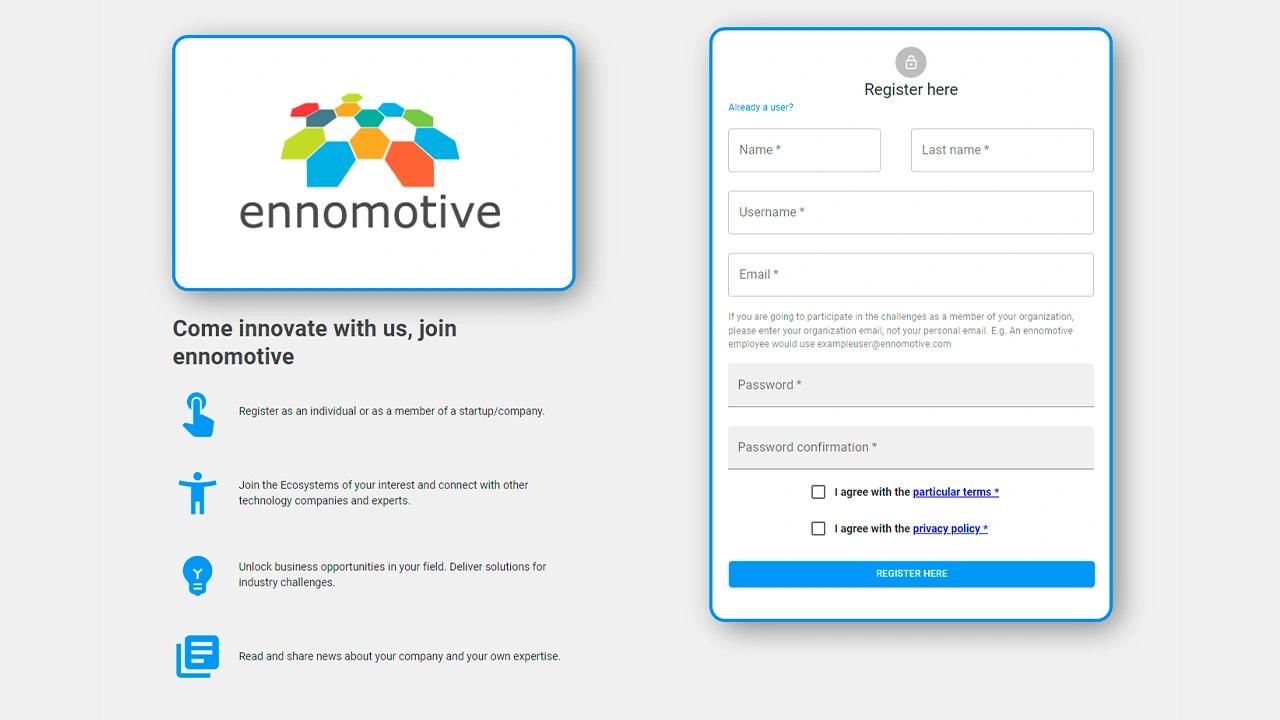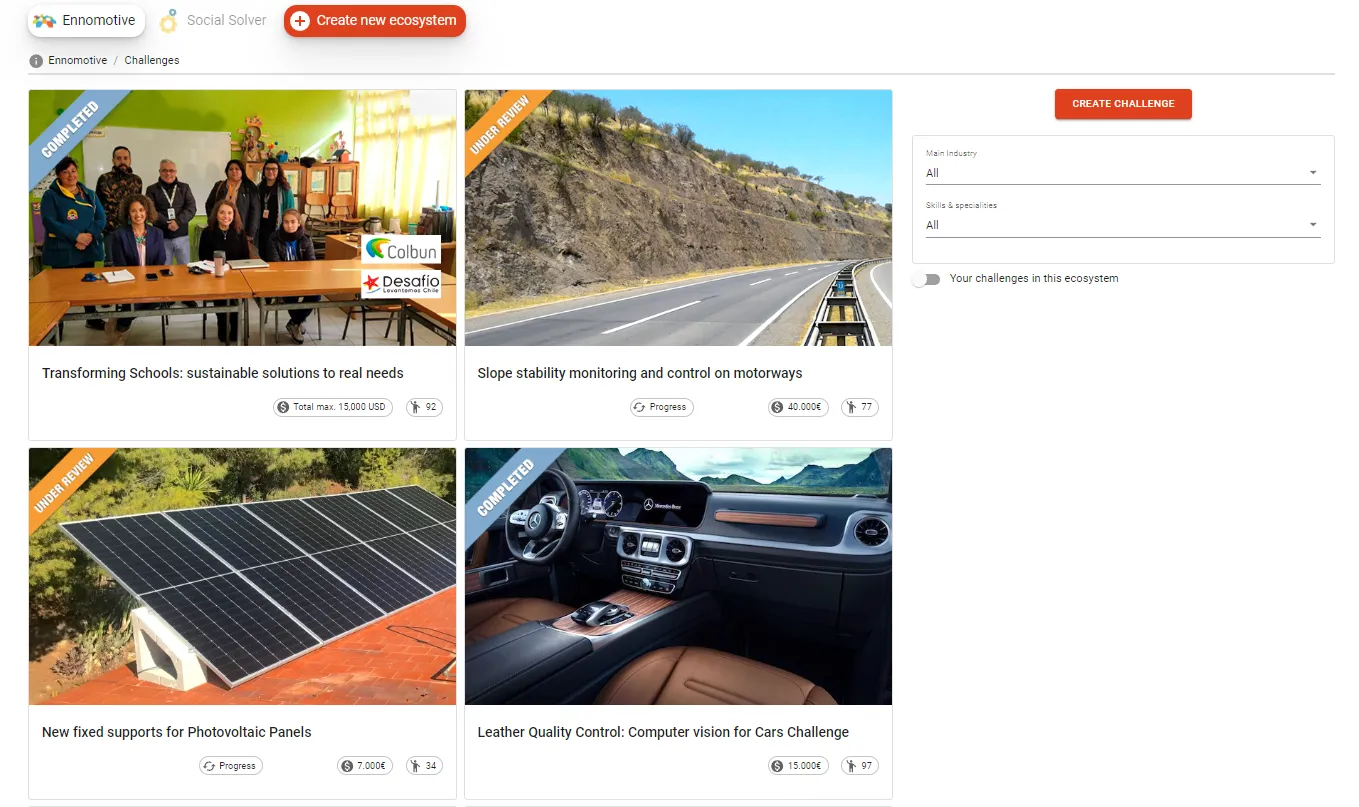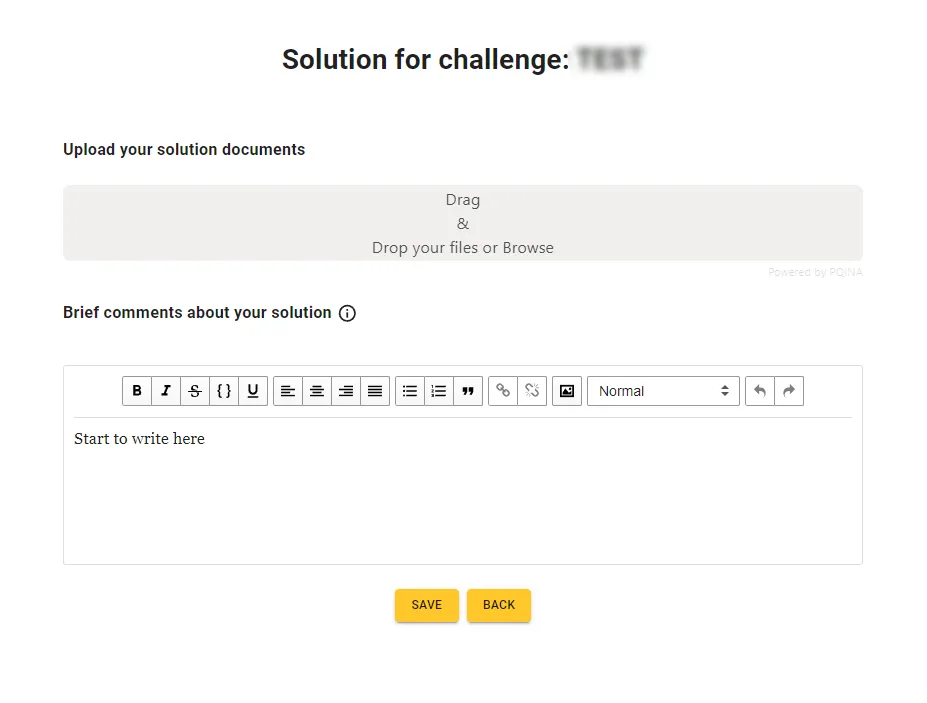Sustainable rice cultivation: Help a community of Colombian farmers to improve the irrigation system to save water and herbicides.
Background
Ayuda en Acción has been working since 1981 in Colombia to improve the quality of life of the most vulnerable communities. The strengthening and modernization of the productive and industrial capacity of these communities is one of its main lines of cooperation.
The indigenous reservation of López Adentro (3.02641, -76.40259) is located in the Municipality of Caloto, in the valley of the Cauca River, between the central and western mountain ranges in Colombia. Ayuda en Acción has been working in this area for 7 years in a project to strengthen food safety, in particular with the paddy rice transplanting method.
Ayuda en Acción carries out this intervention through the Corporation for Research, Agricultural and Environmental Development (CINDAP), its local partner in the territory. This intervention provides technical, administrative, and organizational support to the indigenous families to reduce the poverty gap.
These families are associated in The Sociedad Agroindustrial Community of the Cauca (SAICC-S.C.). The association has since 2016 a productive infrastructure with a rice mill and helps to produce their own brandand. In addition the SAICC-S.C. has a revolving fund to have credit mechanisms and services for their associates.
The Municipality of Caloto has a territorial extension of 26,931.62 hectares at an altitude of 1,100 meters and an average temperature of 25 °C. The reservation of López Adentro has 514 inhabitants and is located in the North region, bordering the municipalities of Guachené and Padilla. It owns 2.686,08 hectares of which 1,451.02 hectares are dedicated to the cultivation of SugarCane, Corn, Soy, Banana, Fruit, Rice and rest areas and other 2,686 hectares Trees, Rice and rest areas and 236.38 hectares are protected areas of natural and intervened forests.
Ayuda en Acción is developing a project to improve rice farming, taking into account that rice production is an economic alternative that contributes to food safety and represents an important source of income.
The challenge
Paddy rice cultivation with the flooding system consists of the direct planting of rice on water-flooded land. This method is inefficient in terms of water consumption impacting the environment and its preservation for the future generations.
In addition, excess water causes abundant weed proliferation, and requires up to five chemical herbicide applications to control it (specially red rice, treadmill, liendra de puerco, among others). The use of such chemicals affects the environment and its biological quality conditions of the product.
The conventional cultivation system requires flooding throughout the cycle (water sheets of 5 to 10 centimeters in most cases) while the intensive system is carried out by intermittent watering and without flooding until flowering, with a sheet of water 1 to 2 centimeters high.
Currently 128 indigenous families of the Nasa ethnic group cultivate 640 hectares of land (an average of 5 hectares per family) that produce between 4 and 5 tons per hectare in each harvest and that require the use of 25,000 to 30,000 cubic meters of water per hectare.
The producers are trying to improve their knowledge and have visited diverse pilot projects of a company in the municipality of Saldaña:
- Direct sowing system vs transplanting along 6 hectares.
- Intensive rice cultivation where dry and flooded soil preparation methods are used.
- Methods of incorporating organic material in the soil.
The community has its own tractor and a rice processing plant for packaging. A harvester is also rented for the necessary period.
See annex with pictures
What we are looking for
The final objective of this challenge is to develop an intensive cultivation system with a better and viable irrigation solution that saves water and herbicides for weed control. The proposed solution should not affect other best practices such as the mechanization of rice cultivation and the management of organic fertilizers.
Sprinkler-based irrigation systems are not feasible due to investment constraints, high energy cost and safety in the area.
Irrigation based on land leveling seems a feasible approach, however other irrigation methods can be proposed. Eliminating small slopes make the field completely flat and help reduce the water flooding to a uniform 2-3 cm sheet above the soil level.
However, to achieve land leveling for flood irrigation we would need:
1. A low-cost land leveling system: Although there are commercial land leveling systems in the market, we are looking for a new alternative solution or a very low-cost commercial and available in the area.
Commercial systems use a laser level and a tool towed by a tractor. The tool receives the laser beams, and levels the ground by automatically raising or lowering the tool with an electro pneumatic system.
Please note that a new solution can work with an available tractor. The tool is not yet available.
2. Water distribution system across the parcel of lands, once leveled. It could be a traditional ditch, but also a simple system of pipes or hoses, or a mixed solution.
3. In addition, we suggest adding a monitoring system for sensing ambient humidity and soil humidity or water. This might be a mechanical or electronic system that is viable in the field and that can help to monitor the crop conditions and the need of irrigation.
Functional, economic and adapted systems can be proposed to address any of these pitfalls. It is also possible to propose other systems that are considered appropriate.
Expected results:
- Increase the yield of rice cultivation by 25% per unit area, from 5,000 kg/ha to 6,250 kg/ha.
- Reduction of water consumption from 30,000 m3/hectare-harvest to 10,000 m3/hectare-harvest.
- Reduce the application of herbicides and, where possible, replace them with the use of less polluting products.
- Achieve a higher quality product
Link to a document (in spanish) about rice irrigation systems
Evaluation criteria:
Adapted and viable system in the project environment:
- Minimum possible cost.
- Simplicity in procurement and associated logistics.
- Easy implementation and use.
- Minimum maintenance (sustainable in the context of the region)
This is a challenge with the following deliverables:
A PDF document including:
- A technical description of the proposed system and its operating model.
- Detailed specification of equipment and facilities (drawings, materials...).
- Implementation plan.
- Investments required (cost estimate).
In addition, you can add attachments to support your solution.
Timing:
1 round challenge - 5 weeks for the submission (April/7/2022) + 5 weeks for the evaluation.
-------------------- Particular Terms and Conditions ----------------------------
Confidentiality – N/A
Particular Terms and Conditions
If a patented solution is submitted, the owner will keep the IP rights and Social Solver will only. have the right to use it for this particular project.
If, as a result of this challenge, a new solution or technological application with IP rights emerged, the winner will transfer the rights to Social Solver in order to use the profit in social aid projects.
Award:
Visibility and recognition for the winner of the challenge through digital media both in Social Solver and AeA and ennomotive, and also through social media (Facebook, Twitter, Instagram and Linkedin).
1,000€ to the winner + 4,000 € to participate in the onsite implementation round, either for travel expenses or for donations. The winner will decide.



